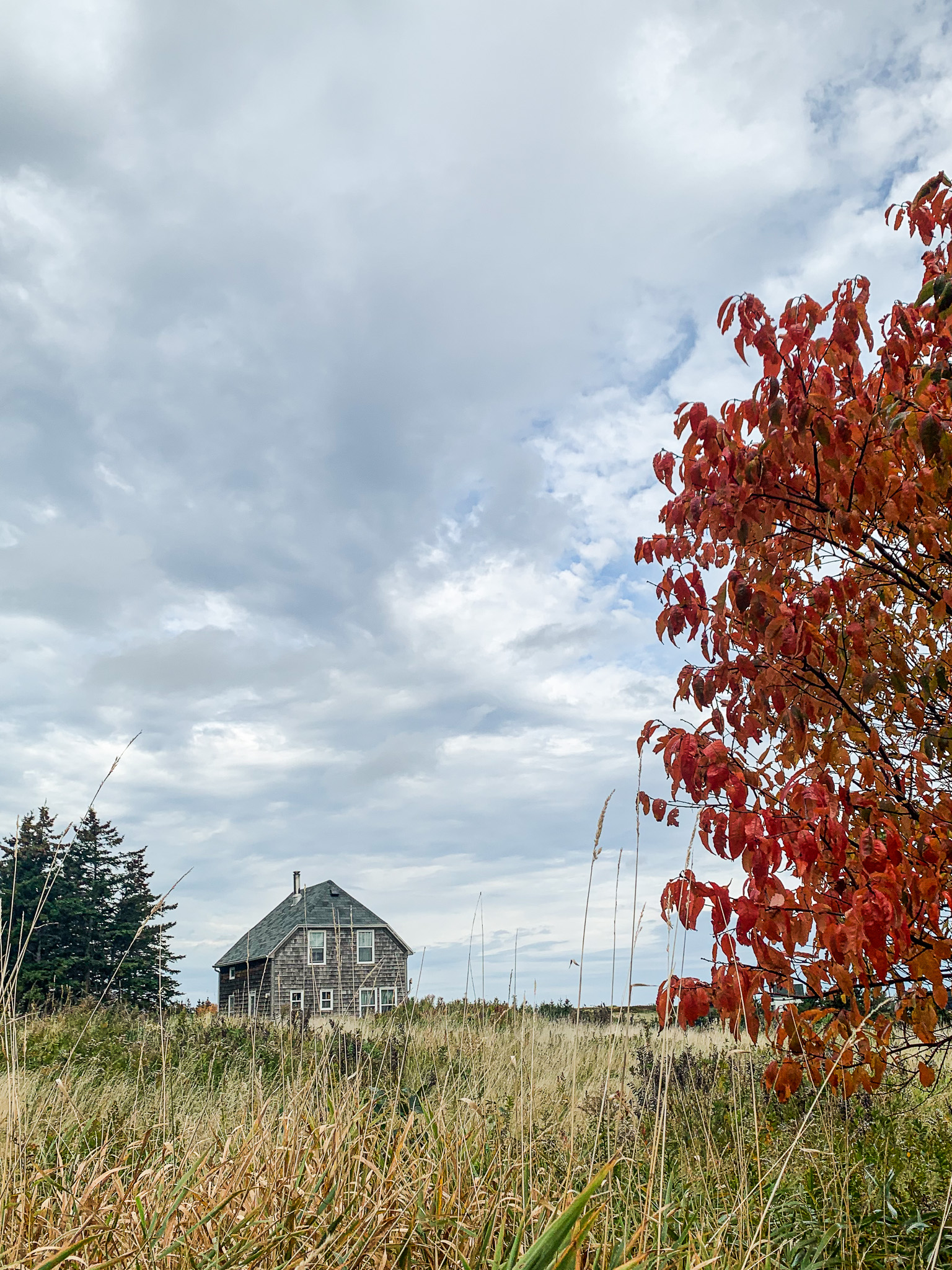
I am trying to record my newsletters so readers can have the option of listening. But it’s harder than I thought it would be. I’ve been spoiled when it comes to recording – for five years I co-produced a podcast with a sound studio. Writing scripts for every 30 minute episode took weeks, but once they were finished, I would float into the studio, catch up with Luke the sound engineer, pour myself a glass of water, then pull open the heavy studio door and slide alone into a black padded room. By the time the door shut behind me with a muffled thud, I was settled at the table, earphones on, shoulders soft, eyes half-mast and ready to read. The voice that resonated from me inside that quiet, solitary chamber was a rich caramel, with just a touch of butter. My friends call it my Pod Voice. I called it my ‘someone else is taking care of everything else’ voice. All I had to do was feel the words, my words, and release them from my mouth.
“I’ve never met a mother who didn’t love a sound booth,” said Jen Moss, an audio producer who I met recently on a podcasting panel. We were talking about the weight of self-producing a podcast, specifically, how to stay calm and focused with a voice like caramel while simultaneously wondering if the record button is flashing.
I can conjure up a sound booth at other specific moments in life:
I am in my doctor’s office with a blood pressure cuff around my arm. With each press of the pump the cuff thickens, and my breathing slows. My blood pressure is low, but my Doctor knows why. I’ve drifted into the sound booth.
I am standing in a hot shower, a few days postpartum. I can’t hear the baby for these few minutes, only water splattering around my ears. I am in a sound booth.
I am in the ocean, swimming to the point at the end of the beach. It’s August, the jellyfish have gone and the water is warm. I am alone in my thoughts, inhaling, exhaling, as the waves lap gently around my body.
But now I am slumped in a blanket fort on my bedroom floor with recording gear teetering on my lap. I tried to set myself up in my closet like most at-home podcasters, but the space is just deep enough to fit the tiny Victorian shoes worn when this house was built in 1850. Where was my mid-century childhood closet that doubled as a quilt-lined hideout, complete with a reading light that would cast a soft light over my favourite brown velour tracksuit and well-worn copy of Harriet the Spy? When I finally wedged myself into the darkened space amongst the dust and forgotten heels, the legs of my long jumpsuits twisted through my hair like giant sea kelp. There was nowhere for my laptop and microphone to perch, except, maybe, on the squished bag of last-summer’s bathing suits floating somewhere near my feet.
Sound is happiest when it sinks softly into surfaces. Last week I visited Margaree Harbour in Cape Breton, where many of the houses were built with hipped gabled roofs to soften the blow of the suête wind from the Highlands. I picture sound travelling like wind over the ocean, picking up speed as it tickles sea grass and whips over those angled roofs, then taking shelter in the mossy forest beyond the road. Without softness, sound will bounce around forever, collecting new, unpalatable noise as it travels.
So here I am, hiding under a quilt on the floor of my bedroom with my microphone balancing on a pillow in front of me to soften the sounds. I can hear the backdoor opening; someone is home early from school. My phone buzzes; I forgot to turn it off. I crane my neck to reach the microphone. My back aches. It’s hot under the quilt. I pull up the recording software on my laptop and slide it to the slide so I can see the recording buttons while I read. Testing, testing, I say as little sound waves rise and fall. I think it’s working, so I press on. But I can hear the aches of my body and the sounds of the house layered into my words.
I tried to get out of speaking on that podcasting panel. My podcast is on a long pause; what did I have to say about the future of podcasting? Minutes before it began, I called a particularly articulate friend looking for guidance. I can’t do it, I whined, I don’t even know how to soften into a bedroom blanket fort.
I could feel her eyes roll through the phone. Go put on that brown velour tracksuit from your childhood closet and tell them what you know, she said, exasperated. She’s had it with imposter syndrome, she’d had it with me thinking I need someone else, something else, in order to deliver. I needed her.
Learning new things is hard. It’s easier to go into the kitchen, where my skills are baked in, and start cooking. I get interrupted in this space all the time. People flow in and out like waves in the ocean, and I flow with them. But this takes practice.
I pull out the container of leftover pumpkin purée that needs eating. There’s always leftover pumpkin purée this time of year; my son’s favourite pie uses only half the can, so I’ve gotten used to folding the deep orange mush into chili, soups and pasta sauces. Today I’ll whisk it with eggs. I have roasted squash in the fridge, a few stalks of rainbow chard left in the garden and a container of crème fraîche. I’ll make a frittata.
And just like that, my shoulders are soft, my mind is calm, I’m ready to read. I climb back into the blanket fort, breathe deeply, and try again.
Pictured – a hipped gable roof, Margaree Harbour, NS
